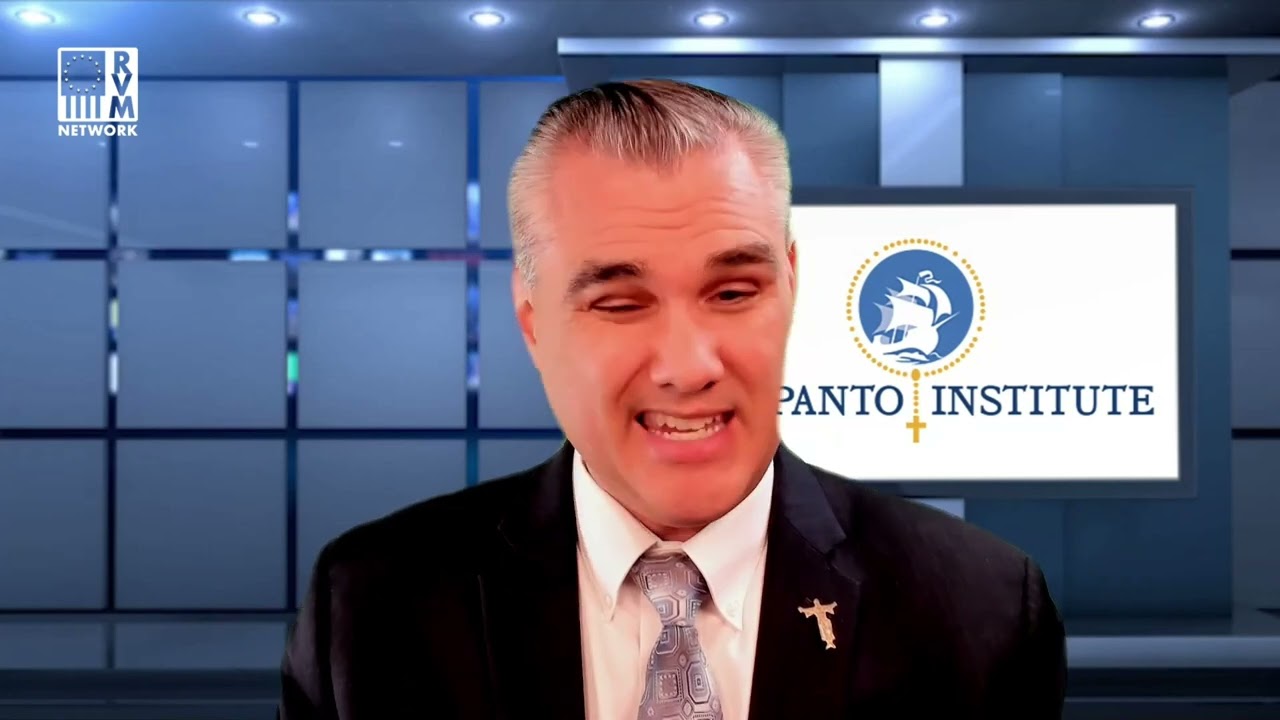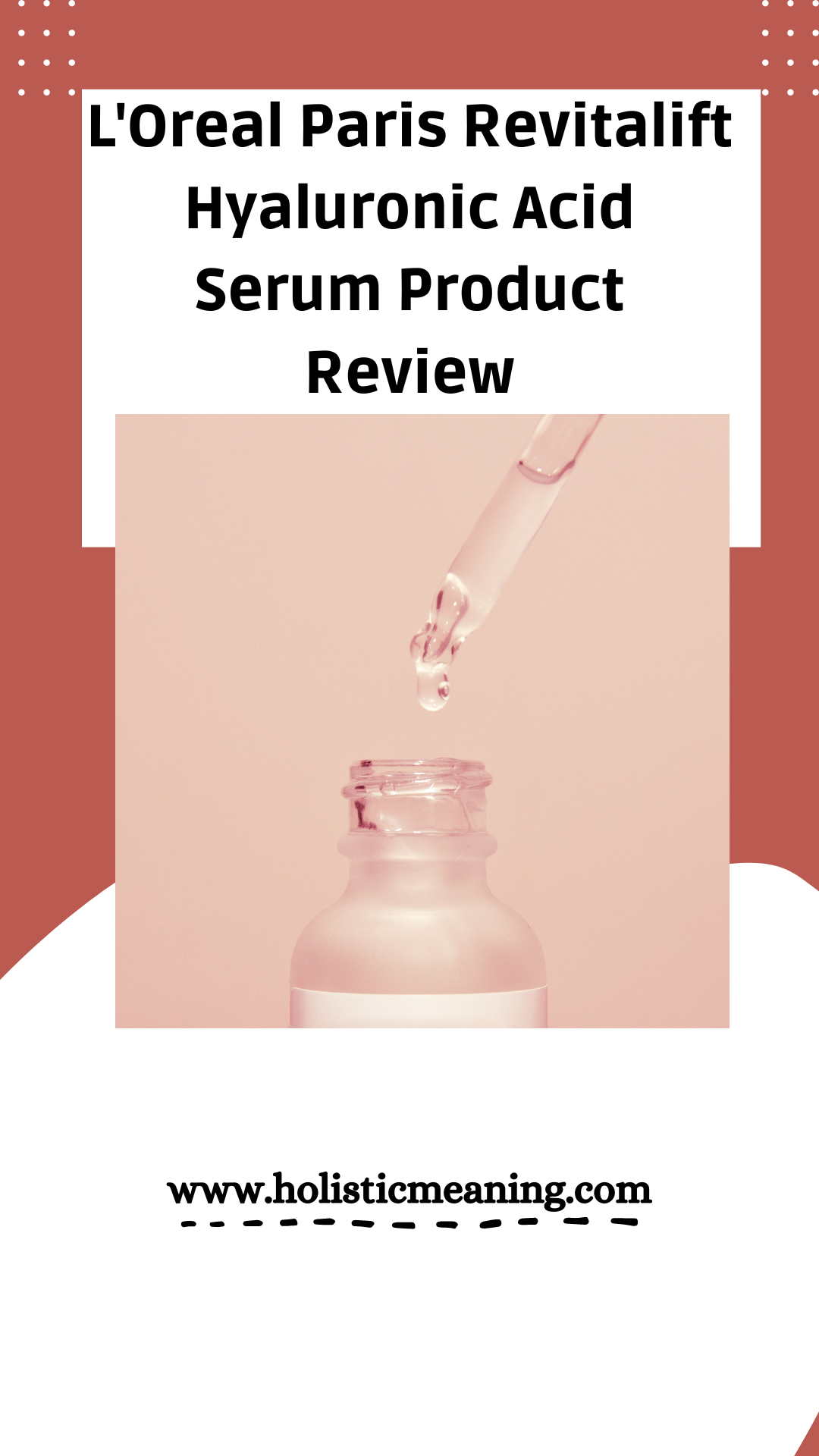Blood clots are a natural reaction our body performs to prevent too much blood loss when injury has occurred. They’re a clump of blood that that is almost solid and gel-like. The clots can occur in the lungs, heart, brain, arms, and/or legs. They can form without you even knowing it. Blood clots form in your veins and can dissolve on their own, but when they don’t, this could be a medical emergency. You cannot know if you have a blood clot without medical diagnosis.
Risk is higher for blood clots if you smoke, have cancer, are over age 65, are pregnant, are taking certain birth control pills, sit or lay for long periods of time such as being on bed rest or long flights, and having a family history of having blood clots.
There are symptoms associated with having a blood clot. They depend on the size and location of the clot. A blood clot in the heart is very serious. It is called coronary artery thrombosis. Fatty tissues in the heart’s artery form and this can cut off blood flow which can lead to a heart attack. The heart isn’t getting enough oxygen or the nutrients that are needed. Clots in the heart are less common but if they do occur you might get short of breath, feel chest pain, be sweating, feel nauseous, have a racing heart, feel lightheaded, and/or have pain in your neck, arm, back or even jaw. A blood clot in the brain is also very serious and can cause stroke. Oxygen won’t get to the brain (hypoxia) and brain tissue won’t survive. Symptoms can be slurred speech, paralysis, dizziness, confusion, vision problems, and seizures. These symptoms can come and go and even if they went away, you should get checked because it could have been a mini stroke called a transient ischemic attack.
A blood clot in the lungs is called a pulmonary embolism (PE). Symptoms can be chest pain, heart palpitations, coughing up blood, and feeling short of breath. A blood clot in the abdomen is a form of what is called, deep vein thrombosis (DVT). Symptoms can be bloody stools, pain in the abdomen, bloating, vomiting, and accumulation of fluid called ascites. A blood clot in the arm or leg is also possible and can cause swelling, have a warm sensation, look reddish, and be painful/tender.
There are different types of clots. A venous clot, called a venous embolism, can build up over time. The most serious type is the DV. Symptoms would be swelling, tenderness, red color, and/or pain to the area. They can be caused by a broken bone, obesity, lack of movement, autoimmune disorders, genetic disorders, and certain medications. An arterial clot, called an arterial embolism, occurs in an artery. The onset of symptoms will occur immediately and can be the area feeling cold, blisters on the skin in the area, shedding of the skin, paralysis in the area, and no pulse in the area. They’re caused by plaque made of fat and minerals that break off and then block blood flow.
Even though we might not always be aware we have a blood clot, it is important to have our regular physical exams and be proactive if/when warning signs occur. Blood clots are an example that movement is medicine, and we can help our blood flow by doing so. Keep a healthy body weight and eat a healthy diet and from there, the body is at least set up as best as possible to work efficiently. A healthy lifestyle always reaps benefits. We may not know until it’s too late in some cases, but don’t let preventable causes be the reason a blood clot happens.
Prevention of Venous Thromboembolism in 2020 and Beyond – PMC (nih.gov)
Systematic Review of Hormonal Contraception and Risk of Venous Thrombosis – PMC (nih.gov)
Updated recommendations for the treatment of venous thromboembolism – PMC (nih.gov)



